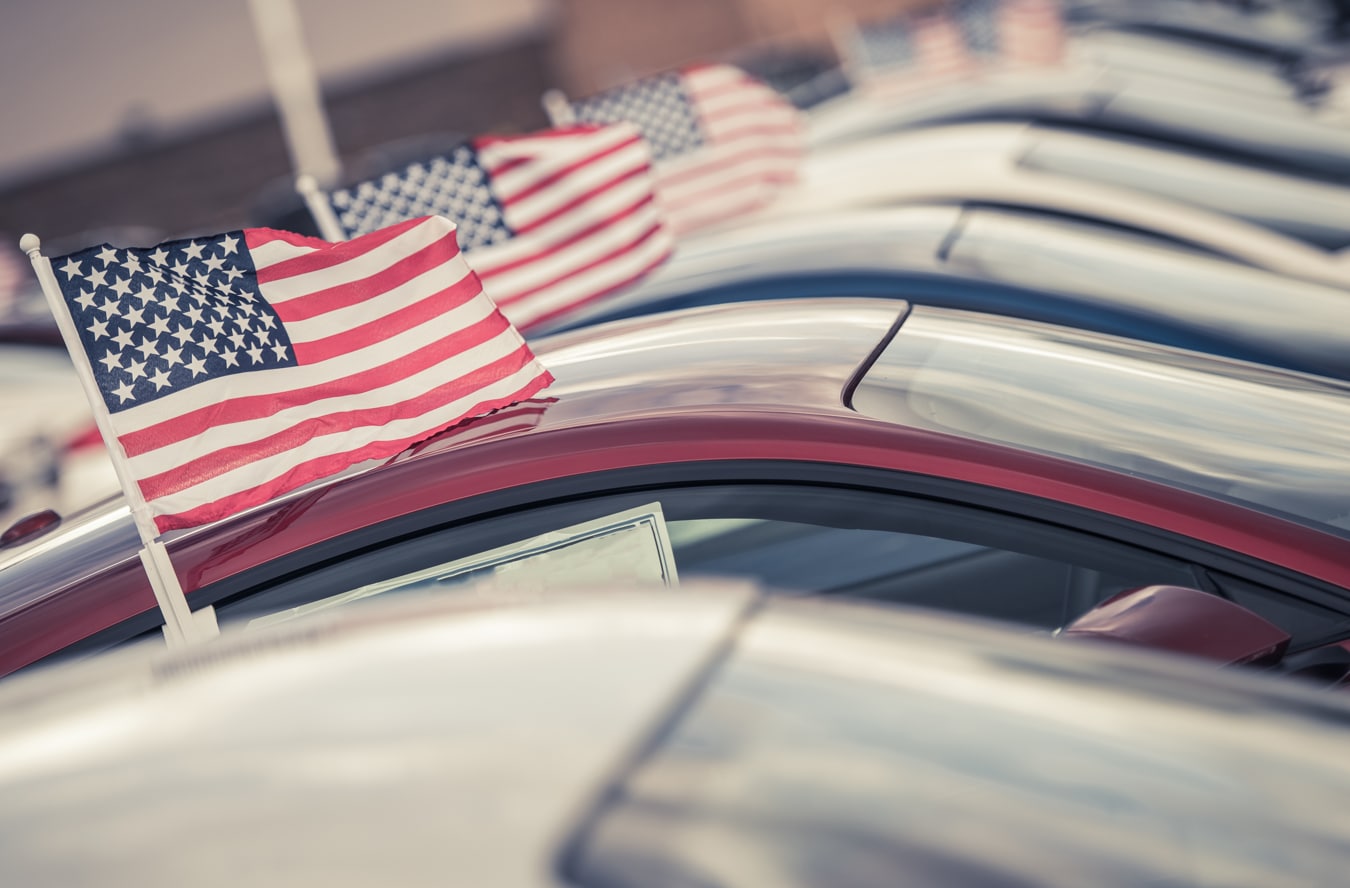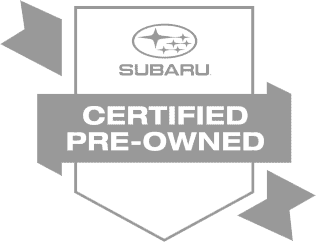
Imagine saving up for your dream car, only to walk into a dealership and find the price has jumped by thousands. The car hasn't changed — same look, same features — but now it feels just out of reach. For many shoppers, this frustrating reality is becoming more common, and one of the biggest reasons is tariffs.
Tariffs are taxes on imported goods, including crucial car parts like steel, aluminum, and computer chips. When these costs go up, automakers often pass them on to buyers, making both foreign and American-made cars more expensive. While tariffs aim to protect domestic jobs, they also slow production, complicate supply chains, and leave consumers paying the price. Understanding this ripple effect can help you make smarter decisions when buying your next vehicle.
We understand that the impact of tariffs can make buying a car more challenging. At Koeppel Subaru, we're here to support you through this change. Our team is dedicated to helping you find the right vehicle that fits your needs and budget with transparency and care.
Also Read: Breaking Down the 2025 Subaru Forester Trim Levels
Why New Cars Cost More
New car prices are climbing fast — and one major reason is the new tariffs hitting the auto industry. A steep 25% trade tariff on imported vehicles and parts is driving up costs almost overnight. Analysts at Cox Automotive predict price hikes of 10% to 15% on affected models, meaning a car that once cost $35,000 could now be closer to $40,000. Automakers are strategically raising prices on specific trims or models while keeping entry-level options more affordable to ease the sticker shock. Still, shoppers are starting to feel the impact, and the trend is only expected to continue.
If you’re planning to buy a new car, expect to pay significantly more for imported or foreign-branded vehicles in 2025 and beyond. Even brands that manufacture cars domestically rely heavily on parts affected by trade tariffs, and those higher costs are being passed on to consumers. Understanding how these new tariffs ripple through the industry can help you make smarter buying decisions — and potentially save thousands.
Used Cars Are Getting Pricier
As new car prices soar due to the impact of tariffs, more buyers are flooding the used car market in search of better deals. But with demand rising fast, prices for used vehicles are climbing too. Experts predict wholesale prices will increase between 2.2% and 2.8% by the end of 2025. Popular models under five years old are getting harder to find, and when they do show up, they’re selling faster than ever.
For shoppers, this means tighter inventory, higher prices, and far less room to negotiate. Dealers are feeling the pressure too, with used cars moving quickly and often at premium prices. The impact of tariffs isn’t just hitting new car buyers — it’s reshaping the entire market.
Tariffs Disrupt Car Production
Tariffs on auto parts aren’t just making cars more expensive — they’re throwing a wrench into the entire production process. Automakers that depend on international parts for engines, transmissions, and tech features are facing serious delays and skyrocketing manufacturing costs. The Alliance for Automotive Innovation estimates that tariffs could pile on an extra $108 billion in costs for automakers through 2025. These challenges are forcing brands to scramble for new suppliers, rethink global supply chains, and navigate constant production headaches.
The fallout is hitting dealerships and consumers alike. New vehicle launches are being delayed, parts shortages are becoming more common, and inventory is tightening across the board. Whether you’re shopping for a brand-new model or just waiting on a simple repair, the disruption caused by tariffs is being felt at every level of the car-buying experience.
Why Buyers Are Waiting
As vehicle prices continue to rise and economic uncertainty grows, many consumers are hitting pause on big-ticket purchases, including cars. According to CivicScience data, the percentage of Americans worried about the impact of tariffs on their household expenses jumped from 36% to 48% in early 2025. With prices climbing and no clear end in sight, shoppers are hesitant to commit to new vehicles, hoping that future tariff exemptions or automaker discounts might bring relief down the road.
At the same time, some buyers are scrambling to lock in purchases now, fearing that prices will continue to climb. For many, it’s a race against time — weighing the risk of waiting for a better deal against the certainty of paying even more in the future.

â
How Automakers Are Responding
In the face of rising tariffs on cars, major automakers are getting creative to protect their bottom line. Some manufacturers are taking it a step further by shifting production to the U.S. or Mexico, aiming to dodge the high import duties altogether. By moving operations closer to home, they hope to reduce costs and avoid tariff-related price increases. These strategic shifts highlight how automakers are navigating a volatile market — trying to keep prices manageable for consumers while still staying ahead of the competition in an increasingly complex global landscape. US car tariffs are forcing companies to rethink their strategies and adapt quickly to the new economic reality.
Economic Risks Beyond Cars
The economic risks of auto tariffs aren’t limited to just the car industry — they could ripple across the entire U.S. economy. Research from the Peterson Institute for International Economics warns that tariffs could wipe out around 770,000 American jobs and bump up the national unemployment rate by 0.6% by late 2025. As car prices climb, consumers are left with less disposable income, which means less spending in other critical areas like retail, housing, and entertainment.
If tariffs remain in place long term, the consequences could trigger a broader economic slowdown. Industries that have nothing to do with cars may still feel the strain as consumer confidence drops and wallets tighten. What started as a strategy to protect domestic manufacturing could end up weakening the very economy it aimed to strengthen — affecting far more than just drivers and dealerships.
How to Save When Buying
Even in a market shaped by tariffs, there are still smart ways to save when buying a car. Experts suggest focusing on domestic brands that are less impacted by import tariffs, helping you avoid some of the steepest price increases. Certified pre-owned vehicles (CPOs) that are two to five years old also offer great value, giving you modern features without the new car price tag. It's also important to get pre-approved for financing to lock in lower interest rates before they climb even higher — a smart move for anyone wondering who pays a tariff and how it trickles down to consumer prices.
Flexibility is another major advantage in today’s market. Being open to different models, trims, or even shopping times — like the end of the month or quarter — can lead to surprising savings. Dealerships are often eager to hit sales goals during those times, giving buyers a stronger position to negotiate. With a flexible strategy and a good understanding of who really pays a tariff in the end, you can still score a great deal even as market pressures mount.
Final Note
Tariffs are reshaping the car-buying experience, driving up prices, tightening inventory, and adding new challenges for both shoppers and automakers. Whether you're buying new or used, understanding how tariffs impact every part of the process is key to making smart decisions. At Koeppel Subaru, we're committed to helping you navigate this changing landscape with transparency, great value, and personalized support — so you can drive away confident, even in a challenging market.
Read Next: The 2025 Subaru Crosstrek EyeSight Features

